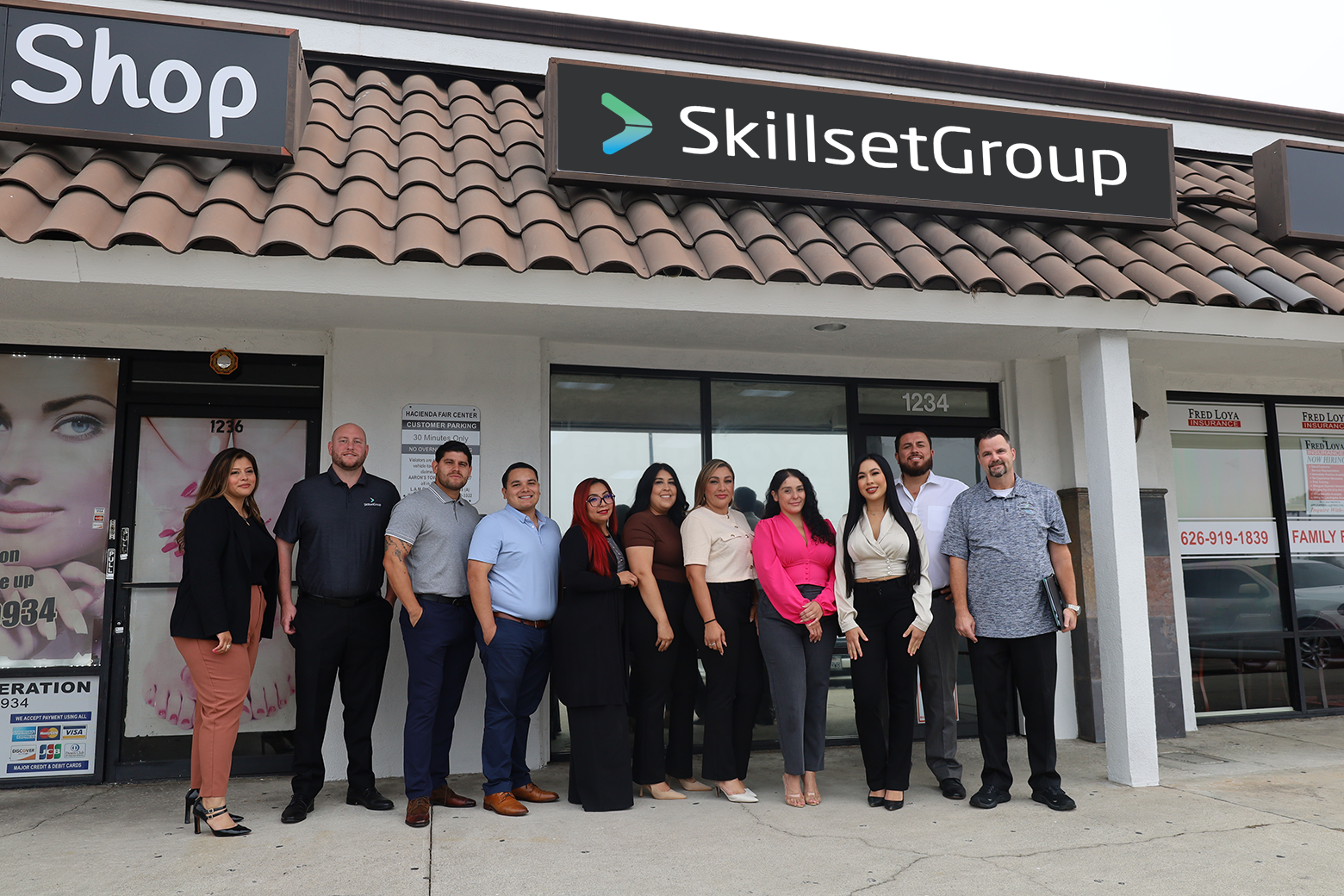Safety is one of the cornerstones of any successful business, particularly in industries where employees face significant risks on a daily basis. Whether you're working in skilled trades, manufacturing, or industrial jobs, safety training is not just a regulatory requirement but a crucial component of workplace culture. When it comes to safety, OSHA (the Occupational Safety and Health Administration) stands as the forefront agency ensuring that workplaces adhere to strict safety standards. In this post, we'll explore the different types of OSHA safety trainings, their certifications, and why they are indispensable for both employees and employers.
Understanding OSHA and Its Role
OSHA is a federal agency under the U.S. Department of Labor that was created to ensure safe and healthy working conditions by setting and enforcing standards and providing training, outreach, education, and assistance. Established in 1970, the agency has since been pivotal in reducing the number of workplace injuries, illnesses, and fatalities.
Types of Certified Safety Trainings
OSHA offers various training programs tailored to different industries and job roles. These programs are designed to educate employees and employers about workplace hazards and the best practices for mitigating risks. The most commonly sought-after OSHA safety trainings include OSHA 10-Hour and OSHA 30-Hour courses.

OSHA 10-Hour Training
The OSHA 10-Hour Training is an introductory course designed for entry-level workers. This program covers basic safety and health information that workers need to know to prevent workplace hazards. It is available in two versions:
- Construction Industry: Focuses on construction-specific hazards and safety practices.
- General Industry: Covers a broader scope of topics relevant to various industries, including manufacturing and warehousing.
Key Topics Covered:
- Introduction to OSHA
- Fall Protection
- Electrical Safety
- Personal Protective Equipment (PPE)
- Hazard Communication
- Emergency Action Plans

OSHA 30-Hour Training
The 30-Hour Training is a more comprehensive program intended for supervisors, managers, and workers with safety responsibilities. This course dives deeper into safety topics and covers more ground than the 10-hour course, making it ideal for those who need a more extensive understanding of workplace safety.
Key Topics Covered:
- All topics in OSHA 10-Hour Training
- Managing Safety and Health
- Material Handling
- Industrial Hygiene
- Machine Guarding
- Accident Investigation
- Hazardous Materials
Additional OSHA Training Programs
Beyond the 10-Hour and 30-Hour courses, OSHA offers specialized training programs tailored to specific industries and roles. These include:
- OSHA 40-Hour HAZWOPER: For workers involved in hazardous waste operations and emergency response.
- OSHA Outreach Training Program: Provides training for instructors who then educate employees.
- OSHA Voluntary Protection Programs (VPP): Encourages private industry and federal agencies to prevent workplace injuries and illnesses.
Why These Safety Trainings are Crucial
Legal Compliance
One of the primary reasons for OSHA safety trainings is legal compliance. Employers are required by law to provide a safe workplace, and failure to comply with OSHA standards can result in hefty fines and legal repercussions. By ensuring that employees are trained according to OSHA guidelines, businesses can avoid these penalties and demonstrate their commitment to safety.

Reducing Workplace Accidents
Safety training is essential for reducing the number of workplace accidents. According to OSHA, workplace injuries and illnesses have declined significantly since the agency's inception. By educating workers about potential hazards and how to avoid them, certified safety trainings help create a safer work environment.
Boosting Employee Morale
A safe work environment boosts employee morale and productivity. When workers feel safe, they are more likely to be engaged and motivated. Investing in accredited safety trainings shows employees that their well-being is a top priority, fostering a culture of trust and responsibility.
Financial Benefits
While the upfront cost of safety training might seem high, the financial benefits far outweigh the expenses. Workplace accidents can lead to costly medical bills, lost productivity, and increased insurance premiums. By investing in accredited safety trainings, employers can mitigate these costs and improve their bottom line.
Enhancing Reputation
Companies known for their commitment to safety often enjoy a better reputation. This can be a significant advantage when attracting top talent or negotiating contracts with clients who prioritize safety. A strong safety record can also be a selling point for investors and stakeholders.
How to Get OSHA Certified
Getting OSHA certified involves enrolling in a recognized training program. Many organizations offer OSHA-approved training courses, both online and in-person. Upon completion of the course, participants receive a certification card, which serves as proof of their training.
Steps to Get OSHA Certified:
- Choose the Right Course: Select the appropriate training course based on your industry and job role.
- Enroll in a Training Program: Find an OSHA-authorized trainer or training center.
- Complete the Course: Attend all classes and pass any required assessments.
- Receive Your OSHA Card: Once you complete the course, you will receive an OSHA certification card.
Conclusion
OSHA safety trainings are more than just a regulatory requirement; they are a vital component of a successful and safe workplace. From reducing accidents and boosting morale to ensuring legal compliance and enhancing your company's reputation, the benefits of these certifications are vast. Both employees and employers in skilled trades, manufacturing, and industrial jobs stand to gain immeasurably from investing in these programs.
If you’re interested in making your workplace safer and more efficient, consider enrolling in an OSHA training program today. By doing so, you’ll be taking a significant step toward creating a safer, healthier, and more productive work environment.
For more information on OSHA safety trainings and to find a course near you, visit the Occupational Safety and Health Administration website or contact an authorized training provider. If you need more help with your business' safety program, SkillsetGroup can help, we have helped train countless worksite and facilitate both 10 Hour and 30 Hour trainings.

A Pink Halloween: Supporting Breast Cancer Awareness Month
Each year, SkillsetGroup likes to get in the holiday spirit in different ways. In the past we have done our decoration contests for Halloween with each office vying to take the lead. This year, we…
Read More

Aerospace Engineering: Let Your Career Take Flight
Imagine a world where you can design the spacecraft that ventures into the depths of space or the cutting-edge aircraft that revolutionizes air travel. Aerospace engineering is at the core of these innovations, making it…
Read More

Human Resources: Becoming a Vital Resource for Your Company
The field of Human Resources (HR) is more than just a department that handles hiring and firing. For many, it’s a gateway to a fulfilling career path. But how do you penetrate this indispensable sector?…
Read More

Celebrating Our Team: Interviews with Staffing Professionals
We appreciate and value each and every one of our employees here at SkillsetGroup, and so we want to hear from them. What they think about their time at the company, what they have learned…
Read More

